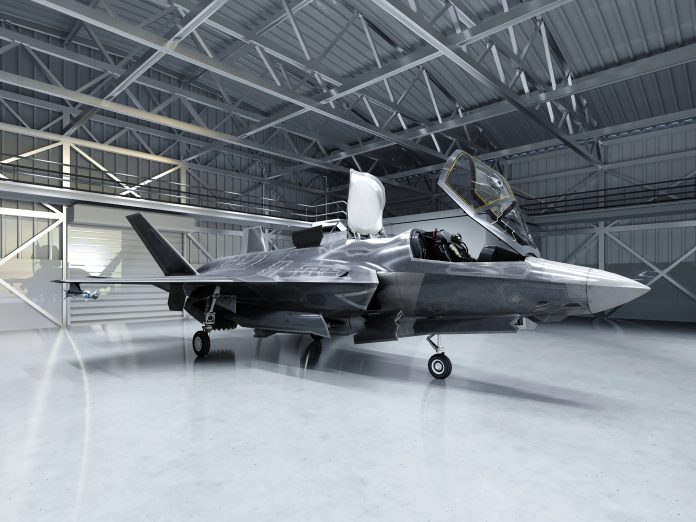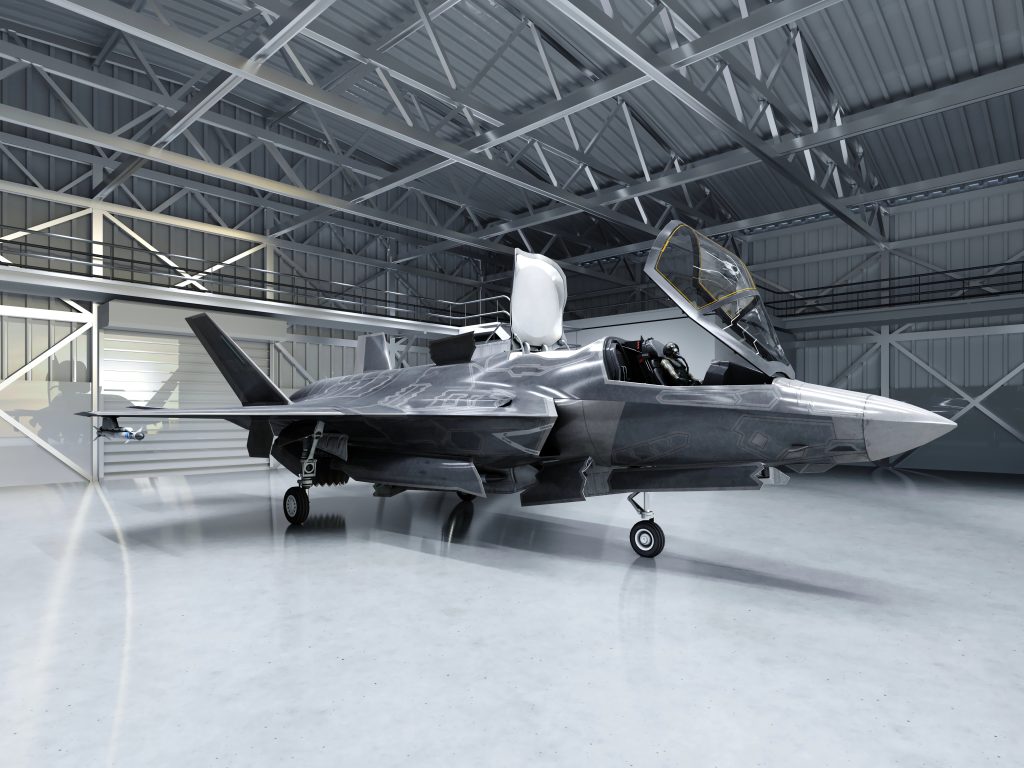
Few, if any, real fifth-generation stealth fighters are on the market, and no two have comparable capabilities. Manufacturers boast radar invisibility and superior maneuverability, but reality is a terrain as much defined by industrial constraints and political desire as engineering innovation. The world air supremacy race is as much a battle over appearances as it is over capability.
For aerospace and defense professionals, knowing what makes these jets tick beyond the glitzy marketing pamphlets involves considering hard facts, design principles, and tactical realities. This listicle sheds the layers off the globe’s greatest high-tech fighter planes to show the subtleties distinguishing promotion from quantifiable power.
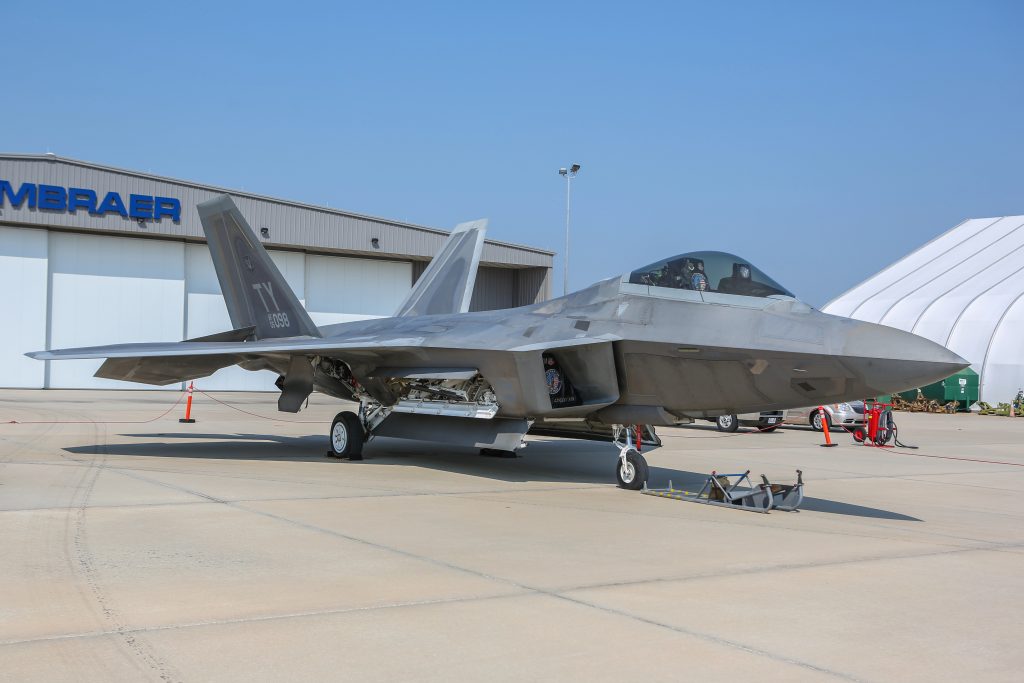
1. The F-22 Raptor: Benchmark for Stealth and Performance
The Lockheed Martin F-22 Raptor is still the gold standard among fifth-generation fighter jets. It has an estimated radar cross-section (RCS) of only 0.0001–0.0002 square meters, which is essentially invisible to most radar systems a value that is 5,000 times smaller than Russia’s Su-57 and at least 800 times smaller than China’s J-20. It accomplishes this incredible stealth through careful shaping, sawtooth edges on panels, canted tails, and deeply recessed engine inlets.
But stealth is just half the tale. The F-22 has supercruise capability constant supersonic speed without the use of afterburners and a maximum speed of Mach 2.25. Its 180-degree thrust vectoring provides it with unparalleled maneuverability in close quarters. But with its superiority, the Raptor’s production ceased at only 187 units, with fewer than 150 battle-ready today, making it a scarce and valuable commodity for the U.S. Air Force.
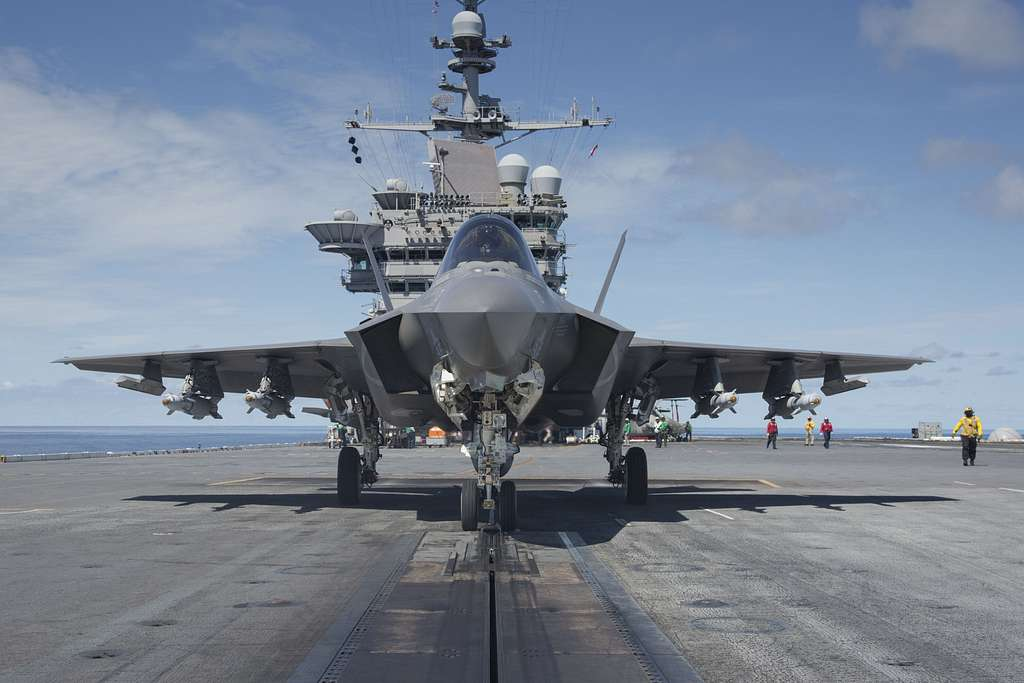
2. F-35 Lightning II: Networked Warfare and Global Reach
The F-35 Lightning II is less a matter of brute dogfighting ability and more one of systems integration and networked warfare. It has a frontal RCS of less than 0.005 m², courtesy of a sleek airframe and radar-absorbing paints. The F-35’s strongest suit is its sensor fusion: the AN/APG-81 AESA radar, Distributed Aperture System, and Electro-Optical Targeting System are combined to give a 360-degree view of the battlespace.
With more than 1,000 units in-service across the globe, the F-35 is the lone fifth-generation fighter in mass allied service. Its potential to transfer targeting information to legacy jets and even to ground troops makes it a force multiplier. Yet its steep maintenance price tag and dependence on U.S. logistics continue to be lingering issues, as seen in various technical reports.
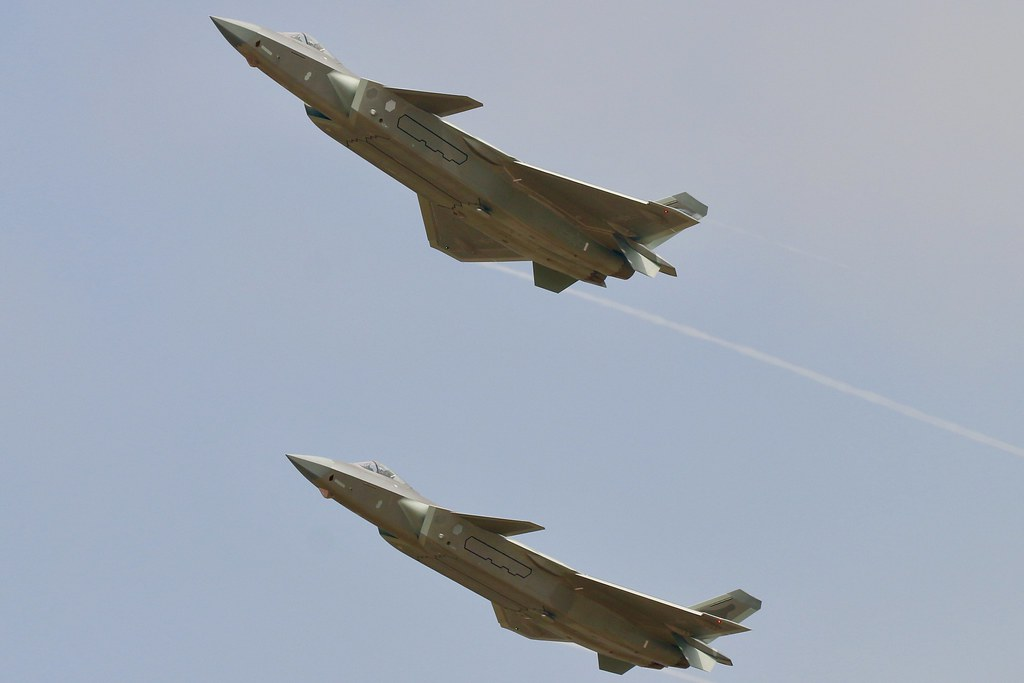
3. Chengdu J-20: China’s Leap Forward With Caveats
China’s J-20 Mighty Dragon marks Beijing’s aspirations to counter Western air power. The first fifth-generation fighter in operation anywhere in Asia, it has been produced at a breakneck pace with more than 250 reportedly manufactured. Its canard-delta configuration is unusual for a stealth fighter but provides agility.
For all its intimidating look, the J-20’s technology is behind American levels. Its radar cross-section is put at 0.08 to 0.3 square meters, superior to Russia’s Su-57 but still short of U.S. designs. The aircraft initially used Russian engines and continues to wait for fully indigenous WS-15 powerplant for real supercruise performance. Data fusion and network integration are slowly catching up, but fall short of the F-35.
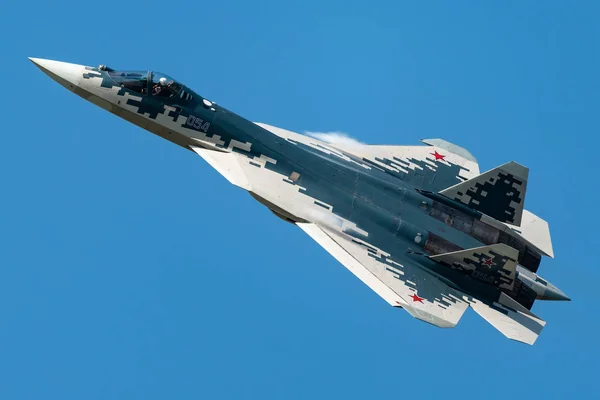
4. Sukhoi Su-57: Aerobatics Over Stealth
Russia’s Su-57 Felon is notable for prioritizing maneuverability over stealth. Although the official designation is a fifth-generation fighter, its radar cross-section is at least 0.1 m² orders of magnitude greater than its Western competitors. The design lineage of the Su-57 is apparent in its visible control surfaces and large size.
Where the Su-57 is short on stealth, it seeks to make up for it with 360-degree vectoring and extreme maneuverability. Yet the program has been slowed by sluggish production fewer than 30 aircraft produced and dependence on aged engines. Sanctions and industrial chokepoints further hindered progress, making Russia’s plans for mass deployment in the near future unlikely.
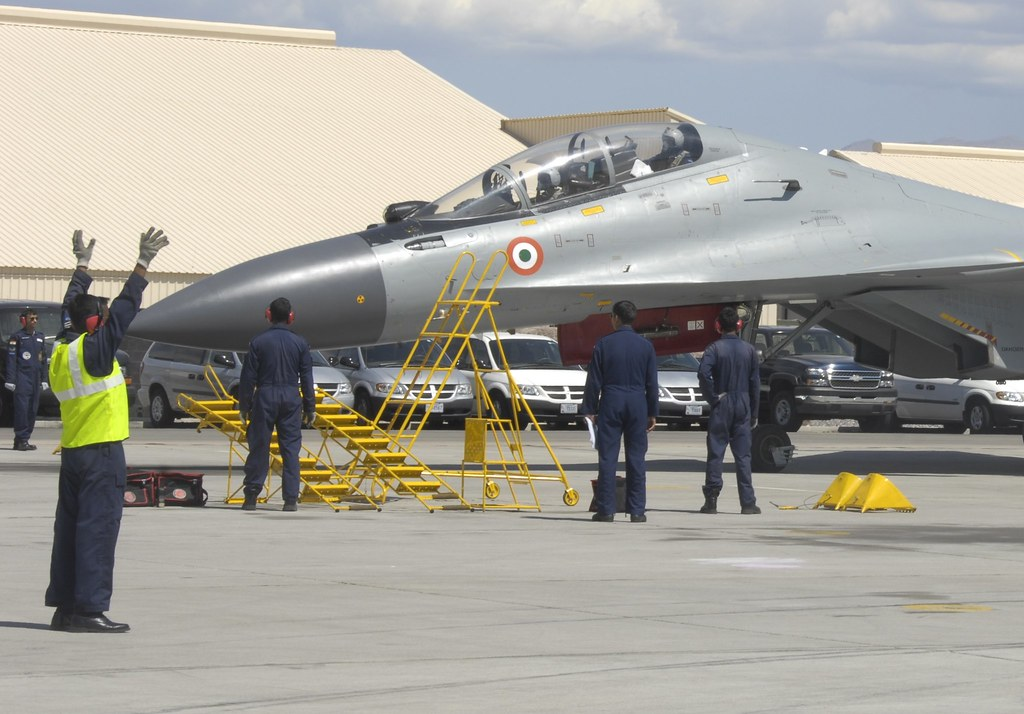
5. Industrial Realities: Production, Cost, and Export Limits
Behind the engineering achievements are stark industrial contrasts. The F-35 program, which boasts an international supply chain and more than 1,000 aircraft delivered, showcases the U.S. lead in massive-scale manufacturing of cutting-edge technologies. By contrast, production of the Su-57 is still “artisanal,” with only a few operational planes.
China is ramping up production of its J-20, but the plane still relies in part on imported technologies. Export controls play their role, as well: the F-22 is still US-only, and the J-20 and Su-57 haven’t been universally exported, due to strategic restraint and technical challenges.
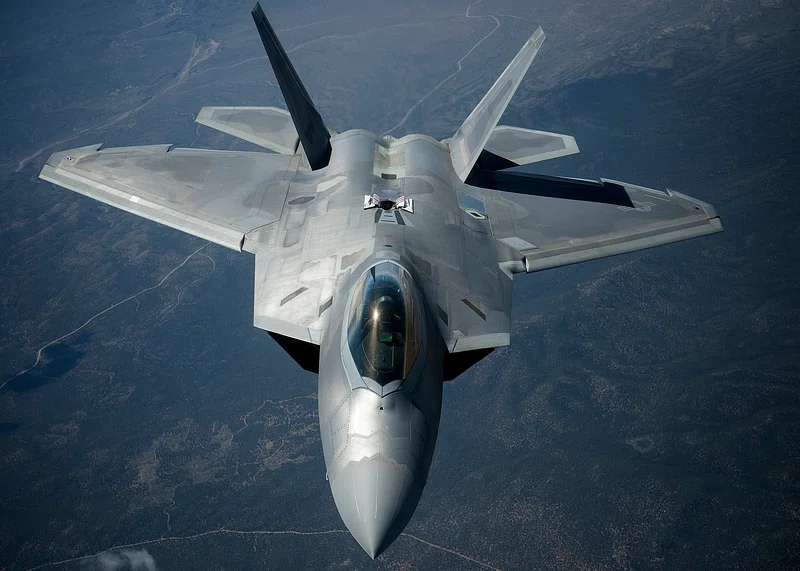
6. The Science of Stealth: Radar Cross Section Explained
Stealth is not magic but it is engineering. Radar cross-section (RCS) quantifies the radar detectability of an object, and depends on geometry, material, and radar frequency. The F-22 and F-35 aircraft employ planform alignment, serpentine inlets, and radar-absorbent materials to reduce RCS.
Measuring RCS needs specialized indoor and outdoor ranges, and even the smallest design elements such as the angle of panel edges or cockpit glass coatings make a huge difference. As one of the “founding fathers” of stealth technology, Alan Brown, noted: “There is little evidence of levelling off in capability” the race to be ahead of detection goes on with no end in sight.

7. Trade-Offs: Balancing Stealth, Agility, and Cost

All stealth fighters are compromises. Minimizing RCS frequently requires trading aerodynamic performance or increasing weight via special materials and coatings. For instance, the F-117’s faceted appearance came at the expense of maneuverability, whereas the F-22 and F-35 integrate low observability with mission flexibility.
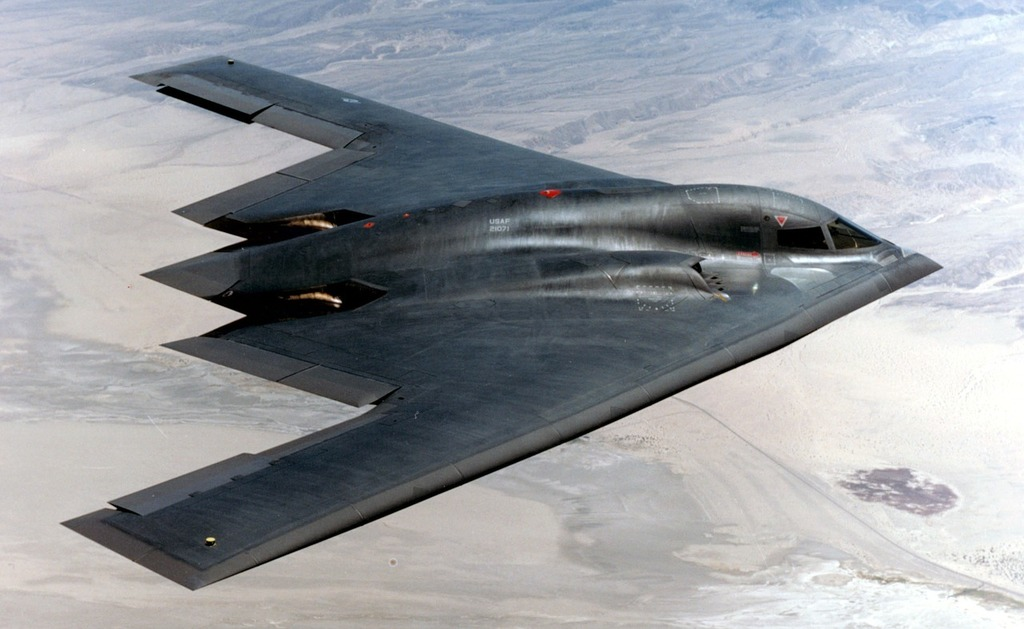
These compromises carry over into cost and maintenance as well. Sophisticated materials and advanced systems are expensive, and maintaining a fleet of stealth aircraft in working order demands a healthy supply chain and technical staff. With improvements in radar and sensor technology, the question of continuing to stay ahead in stealth only grows more complicated.
The world’s fifth-generation warplanes are more than the sum of their specifications. Each is an expression of a country’s technological priorities, industrial capabilities, and strategic aspirations. For aerospace practitioners, grasping these aircraft means looking beyond the headlines at the interaction of stealth, agility, systems integration, and the facts of production. As new technologies and threats become apparent, the struggle for air superiority will be as dynamic and unpredictable as ever.
